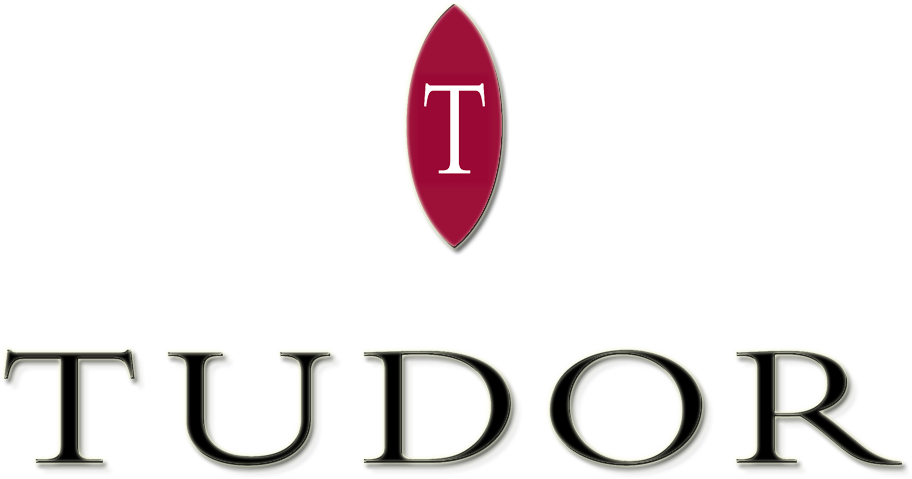
From Croatia to The California Central Coast.

producing balanced, approachable and age-worthy wines.
Generations of Cultivation and Winemaking
On the island of Hvar in Croatia, the Tudor family has grown grapes and lavender for hundreds of years in a small village called Velo Grablje. The island of Hvar is the longest Adriatic island. It has plenty of lavender fields, olive groves, and vineyards. Hvar is, no doubt, an exceptional island, both in summer and winter. Due to its mild winter climate and rich subtropical vegetation, it has also been called the Croatian Madeira. An average of 2724 hours of sunshine per year makes Hvar one of the sunniest places in Croatia.
The Tudors began growing grapes in California early in the 1900’s and continue to operate one of the largest table grape vineyards in the country.
This tradition of growing grapes continued when Christians’ grandfathers moved to California and planted table grape vineyards in the 1920’s. These are Dan Tudor and Sons and Vincent B. Zaninovich farms located in Delano, California. Christian worked at Dan Tudor and Sons during the summer picking seasons throughout high school and college 1988-1998.

Winemaker
Dan Tudor first made wine in 1982 while working for cousin Louie Lucas, the founding and managing partner of Tepuesquet Vineyards in the Santa Maria valley. There were 1700 acres of high quality Chardonnay, Pinot Noir, Chenin Blanc, Gewurztraminer, Merlot, and Riesling to choose from. The 1982 and 1983 wines along with a 1983 sparkling wine all won 1st and 2nd place awards in the Santa Barbara County Fair and later at the Santa Cruz County Fair amateur wine competitions. Dan, inspired and encouraged, began his lifelong goal to start a winery and make world-class wine.
In 1997, Dan began his quest and discovered Monterey County’s potential as top-flight winegrowing region. Its vast microclimates and terroir allow for over 40 different grape varieties but it was Pinot Noir that Dan pursued.
Dan begins by using only grapes sourced from the finest vineyards of the California Central Coast. Each row is farmed to very exact specifications in terms of water, canopy, leaf volume, fruit thinning, and shoot positioning. Individual rows are harvested at peak ripeness, not under-ripe and never over-ripe, obtaining maximum brightness and complex fruit flavors from each lot fermented. Perfect balance of tannins, flavor, alcohol, acid and fruit is the goal with the overriding approach being one of maximizing the quality potential of the fruit with the least intervention. Traditional methods developed in Burgundy are used to handle the fermentations in small, hand mixed lots. Only the finest three year dried French oak barrels are used in a way that complements the wine without over-powering the elegance and finesse.

